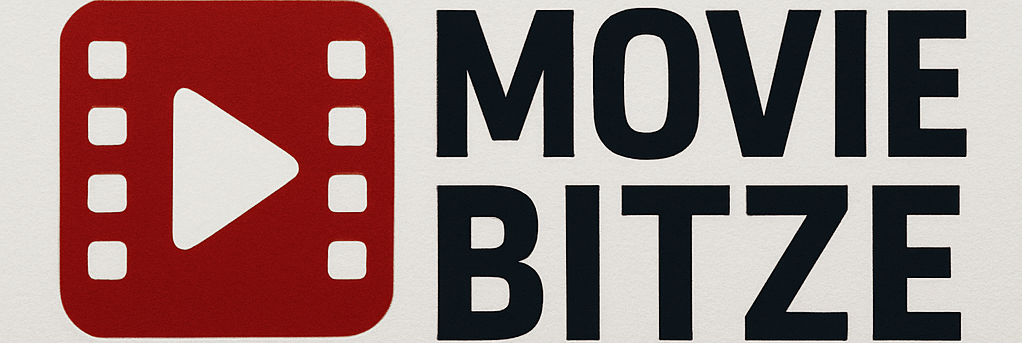Deep Dive into the Post-Kryptonian DCU and Kara Zor-El’s Tragic Destiny
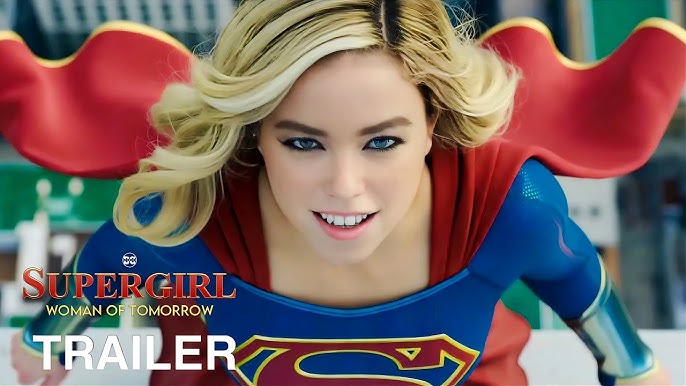
Supergirl: Woman of Tomorrow is set to be one of the most vital and emotionally resonant films in James Gunn and Peter Safran’s new DC Universe (DCU). Unlike the traditional, hopeful narrative often associated with Kryptonians, this film is based on the critically acclaimed comic book miniseries by Tom King and Bilquis Evely, which presents a brutal, high-concept, and devastating take on Kara Zor-El’s origin.
The DCU’s Supergirl is not the sweet, slightly awkward cousin of Superman; she is a survivor hardened by galactic trauma. Her origin is inextricably linked to the destruction of Krypton, forcing her to witness the death of her people as she was rocketed through space. This film promises to explore how that trauma manifests when she is far from Earth, engaging in an existential mission of vengeance and self-discovery.
This exhaustive 3000-word explanation will serve as your definitive guide to the movie. We will dissect the primary narrative, provide a full breakdown of the central characters and their thematic roles, analyze the high-stakes cosmic setting, and explain the devastating philosophical confrontation that defines Kara’s transformation into the Woman of Tomorrow.
I. The Thematic Foundation: Trauma and Cosmic Survival
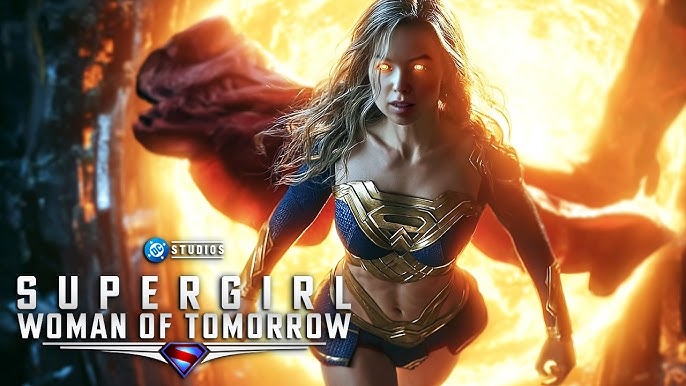
The central premise of Supergirl: Woman of Tomorrow is the stark difference between Superman and Supergirl, which is rooted in their respective experiences of Krypton’s destruction.
A. The Unbearable Trauma of Kara Zor-El
The film establishes that Kara was a teenager when Krypton exploded. Unlike the infant Kal-El (Superman), who only knows Krypton as a myth, Kara lived and breathed Kryptonian culture and family life.
- The Witness: The film is expected to open with a brutal sequence showing Kara’s journey through space. She was old enough to remember the final moments of her civilization, the faces of those who perished, and the terrifying void of space as Krypton became dust.
- The Burden of Memory: This memory defines her. Superman (Kal-El) was raised on Earth, imbued with human hope and the innocence of a fresh start. Supergirl, however, carries the weight of a dead civilization and the responsibility of being one of the few living witnesses to a genocide. Her initial attitude is expected to be one of jaded resignation, cynicism, and a desire for vengeance—a massive departure from previous cinematic iterations.
- Thematic Question: The film asks: Can a person who witnessed the end of all they knew still find hope and heroism? Or is she doomed to become the woman of yesterday, consumed by the past?
B. The Setting: The Cosmic Frontier (Far from Earth)
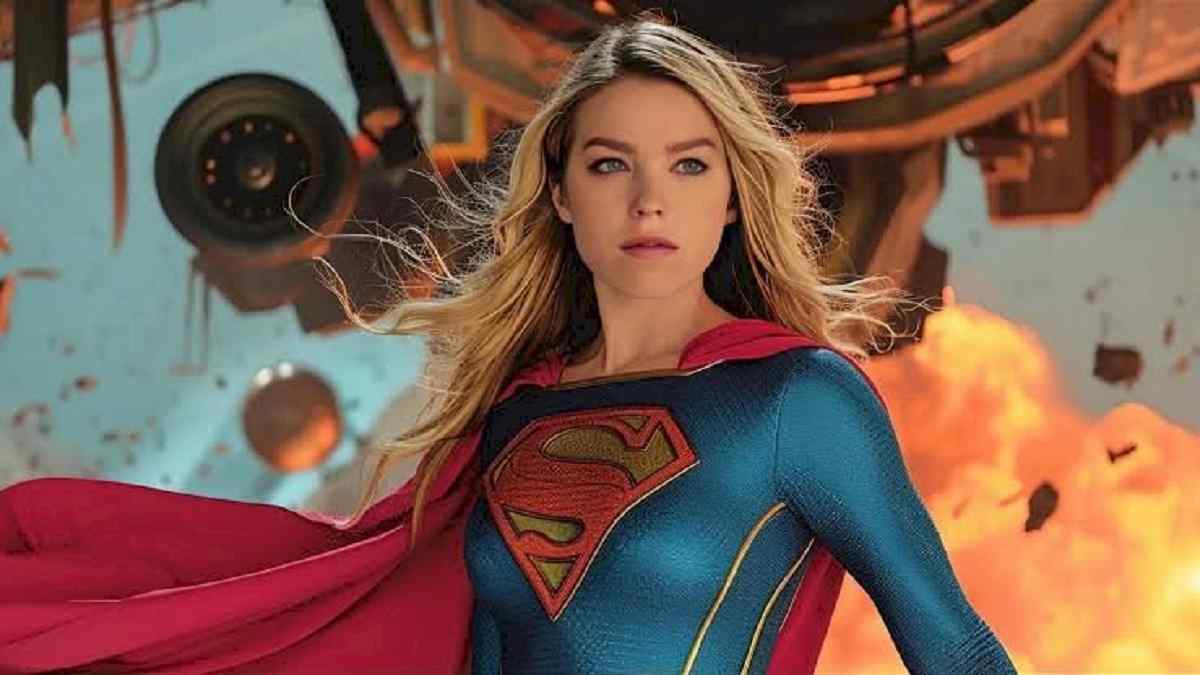
Crucially, the film will take place almost entirely off Earth, positioning Supergirl as a galactic hero rather than a terrestrial one.
- The Star-Worn Hero: The story begins with Kara wandering the cosmic frontier, working as a drifter or bounty hunter. This isolates her from Superman and the known elements of the Justice League, forcing her to confront her issues through alien eyes.
- The Alien Bar Sequence: A key sequence from the comics, likely to be adapted, involves Kara drinking alone in a seedy alien bar on a distant planet, reflecting her loneliness and self-pity, before an inciting incident pulls her into action. This setting underscores her status as an outcast, a hero with nowhere left to belong.
II. The Inciting Incident: Vengeance and the New Sidekick
The plot is set in motion not by a grand villain, but by a simple, desperate plea for justice, which forces Kara to become a protector despite her desire to remain detached.
A. Ruthye Marye: The Catalyst
The most important new character is Ruthye Marye, a young alien girl from a low-tech, non-powered planet.
- The Mission: Ruthye’s father was murdered by the interstellar criminal Krem (the villain of the first half of the story). Ruthye, bound by her people’s traditions of justice, seeks to avenge him, but she is powerless. She views Supergirl as a mythical figure—a being of incredible power who, by existing, is obligated to dispense justice.
- The Contract: Ruthye attempts to hire Kara, using her small, entire fortune. Kara initially refuses, but Ruthye’s unwavering moral clarity and desperate need for vengeance resonate with Kara’s own internal wounds. Ruthye forces Kara to confront the simplicity of good and evil that Kara has tried to complicate through her trauma.
- The Dynamic: Ruthye is the moral compass of the story. She represents the pure, uncomplicated heroism that Kara has abandoned. Their journey together is a classic road trip dynamic: the jaded, super-powered veteran forced to babysit the bright-eyed, determined novice.
B. The Hunt for Krem
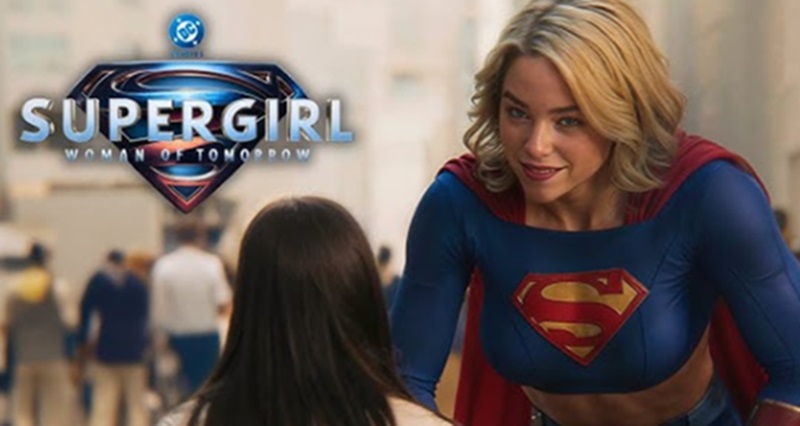
The first arc of the film involves Kara reluctantly agreeing to help Ruthye track and capture the murderer, Krem.
- A Simple Crime, Profound Stakes: Krem is not a world-breaker; he is a thug. This grounding of the initial conflict is crucial. It forces Kara to use her powers for a person, not a planet. The difficulty lies in navigating the harsh, often lawless galactic zones, where Kara must rely on cunning and not just brute strength.
- Moral Dilemma: The hunt forces Kara to consider the difference between justice and vengeance. Does Krem deserve execution, as Ruthye demands, or should he be brought to a system that Supergirl knows to be imperfect? This dilemma is the first step in Kara defining her personal code separate from Superman’s.
III. The True Cosmic Threat: Unmasking the Real Villain
The pursuit of Krem eventually uncovers a far greater, ancient threat, linking Supergirl’s destiny to the destruction of her homeworld.
A. The Introduction of Rogol Zaar (The Ultimate Threat)
While Krem is the initial target, the climax introduces a character whose presence alters the entire landscape of the DCU: Rogol Zaar.
- Comic Book Origin: Rogol Zaar is a cosmic warlord who, in the modern comics, is revealed to be the true force responsible for the destruction of Krypton. He claims to be an agent of “universal correction,” believing Kryptonians are an invasive, destructive species that must be permanently eradicated.
- The Shocking Revelation: The film is expected to confirm that Krem was merely a disposable pawn or soldier in Rogol Zaar’s larger, decades-spanning campaign against the Kryptonian race. This instantly elevates the stakes from a personal quest for vengeance to a cosmic war for her species’ honor.
- Kara’s Fury: The revelation that the destruction of Krypton was not a natural disaster but a calculated, genocidal act by a conscious villain ignites a pure, red-hot rage in Kara. This moment justifies her violence and aggression, framing her struggle not just as survival, but as retribution.
B. The Philosophical Confrontation
The conflict with Rogol Zaar is not just a punch-up; it is a confrontation of ideologies.
- Zaar’s Argument: Zaar represents the cynicism that Kara almost succumbs to. He believes that power must be used to purge perceived corruption and that life itself is a flawed experiment. His philosophy is one of ultimate control and necessary destruction.
- Kara’s Defense: Kara’s fight against Zaar is her final answer to the film’s central question. By fighting Zaar, she defends her past and chooses her future. Her power is not just physical; it is the ultimate affirmation that Kryptonians—and life itself—are worth saving, despite the tragedies they endure. The fight becomes an allegory for fighting her own internal nihilism.
IV. The Role of the Green Lantern Corps (Potential Crossover)
Given the vastness of the cosmos, the film is an ideal vehicle for naturally integrating other established DCU elements, particularly the Green Lantern Corps.
- Cosmic Law Enforcement: The pursuit of Krem and the confrontation with Rogol Zaar would logically draw the attention of the Green Lantern Corps, the DC Universe’s designated space police.
- G.L. as Obstacle: The Corps, with their strict laws against revenge and vigilantism, could initially serve as an obstacle to Kara and Ruthye’s quest. A Lantern might attempt to arrest Krem through legal channels, forcing Kara to decide whether to follow the strict letter of cosmic law or Ruthye’s simpler demand for justice.
- The Partnership: Ultimately, the threat of Rogol Zaar will be too great for a single Lantern to handle, forcing a reluctant partnership. This sets up Supergirl’s long-term relationship with the galactic elements of the DCU, establishing her cosmic authority and paving the way for future Green Lantern team-ups.
V. The Woman of Tomorrow: The Ending Explained
The final act of the film must resolve Kara’s internal conflict and define the type of hero she chooses to become, culminating in a definitive confrontation with Rogol Zaar.
A. The Sacrifice of Vengeance
The climax is expected to focus less on pure physical destruction and more on a moral victory.
- The Opportunity: Kara eventually corners Rogol Zaar, having the power and justification (the destruction of her world) to execute him. This moment is the true test of her character. If she kills him, she is merely another agent of destruction, validating Zaar’s own philosophy of necessary violence.
- The Choice: Guided by Ruthye’s pure heart and the memory of Kryptonian idealism, Kara chooses justice over vengeance. She defeats Rogol Zaar decisively but chooses to incapacitate him and deliver him to cosmic authorities (likely the Green Lantern Corps or a galactic tribunal).
- The Transformation: By choosing justice, she sheds the burden of being the woman of yesterday—the bitter survivor—and embraces her potential as the Woman of Tomorrow—a hero who can find a future despite her tragic past.
B. The Legacy of Ruthye Marye
Ruthye’s role is completed with the capture of Krem and the defeat of Zaar, but her interaction with Kara leaves a permanent mark.
- A New Home: Ruthye’s arc ends with her being given a choice: stay with Kara or return home. Her presence in Kara’s life has served its purpose, healing the Kryptonian’s emotional wounds. Ruthye’s final fate may involve her starting a new life under Kara’s protection, perhaps even becoming the DCU’s official chronicler of Supergirl’s cosmic exploits.
- The Gift of Hope: Ruthye’s final gift to Kara is not a physical object, but the reaffirmation of simple goodness. She has taught Supergirl that true power lies not in being able to destroy, but in the choice not to.
C. The Return to Earth (The DCU Connection)
The final sequence brings Supergirl into the established DCU continuity.
- The Final Destination: Kara finally arrives on Earth, not by accident, but by choice. She has dealt with her trauma in the cosmos, and now she is ready to face her last remaining connection: her cousin, Superman (Kal-El).
- The Difference: Her arrival on Earth will immediately establish a contrast with Superman. She will be a hardened veteran of galactic warfare, possessing cynicism, combat experience, and knowledge that her younger cousin lacks. This sets up a profound mentor/mentee reversal and a complex relationship dynamic for future team-ups.
- Post-Credits Scene: The post-credits scene will likely show Rogol Zaar imprisoned, perhaps being questioned by a Green Lantern (John Stewart or Hal Jordan), only for Zaar to declare that the destruction of all Kryptonians is merely delayed, not averted, thus setting up a continuing threat for the DCU’s cosmic side.
VI. SEO Power-Up: Why Supergirl: Woman of Tomorrow is Essential
The high-volume search interest in this film is driven by its promised thematic depth and its role as a cornerstone of the new DCU.
- Thematic Depth: The dark, Logan-esque tone and the focus on trauma and survival make it stand out from typical superhero fare, attracting both comic fans and film critics alike.
- DCU Foundation: As one of the early films, it is essential for understanding the new DCU timeline and the complex relationship between Supergirl and Superman, driving high traffic for “DCU plot explanation” searches.
- Cosmic Crossover: The natural introduction of major cosmic elements like Rogol Zaar and the Green Lantern Corps guarantees high interest from fans of the wider DC mythos.
Supergirl: Woman of Tomorrow is set to be a powerful and essential entry, giving the DCU a hero whose journey from tragedy to hope will resonate deeply across the cosmos.
